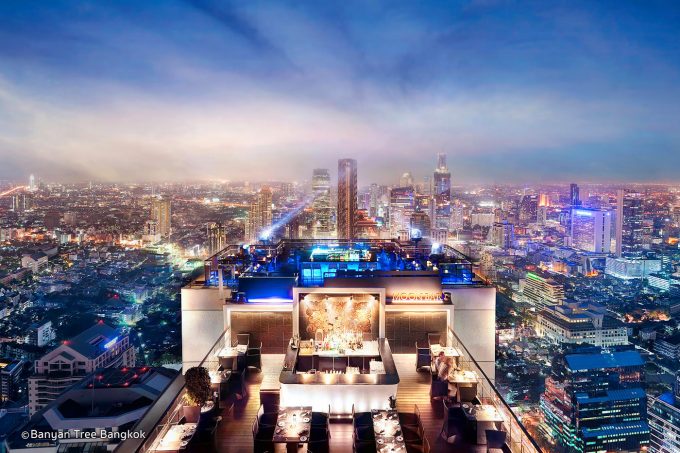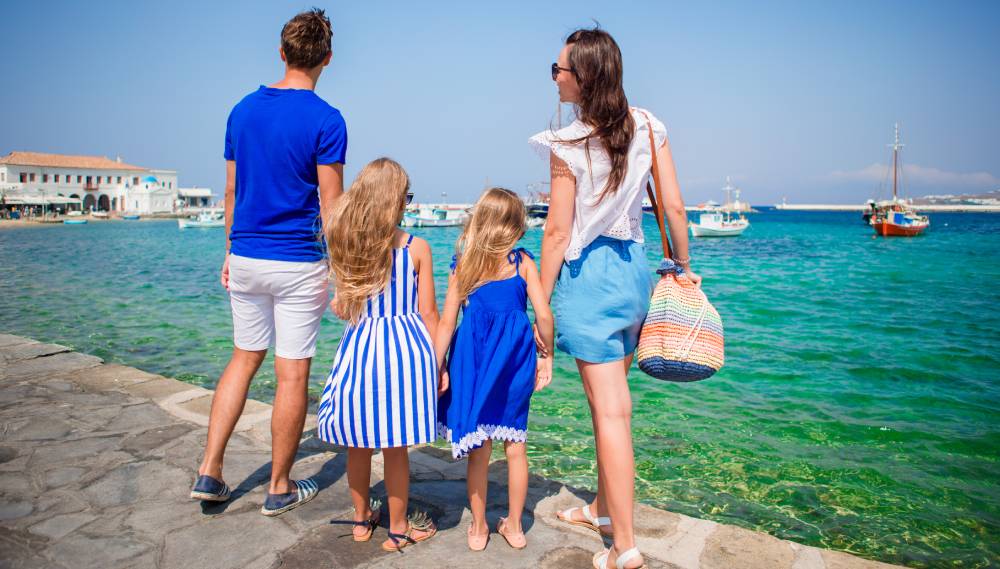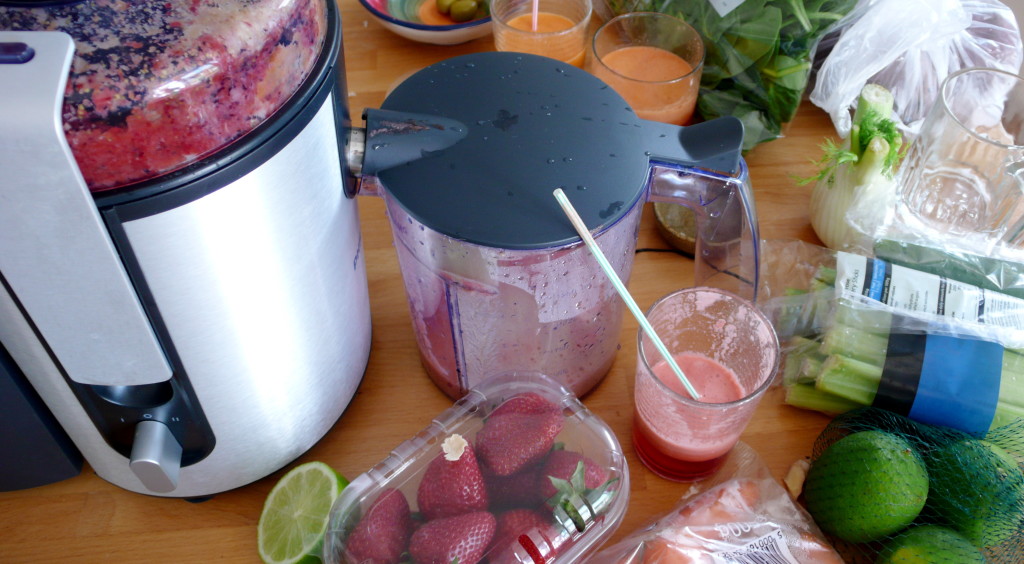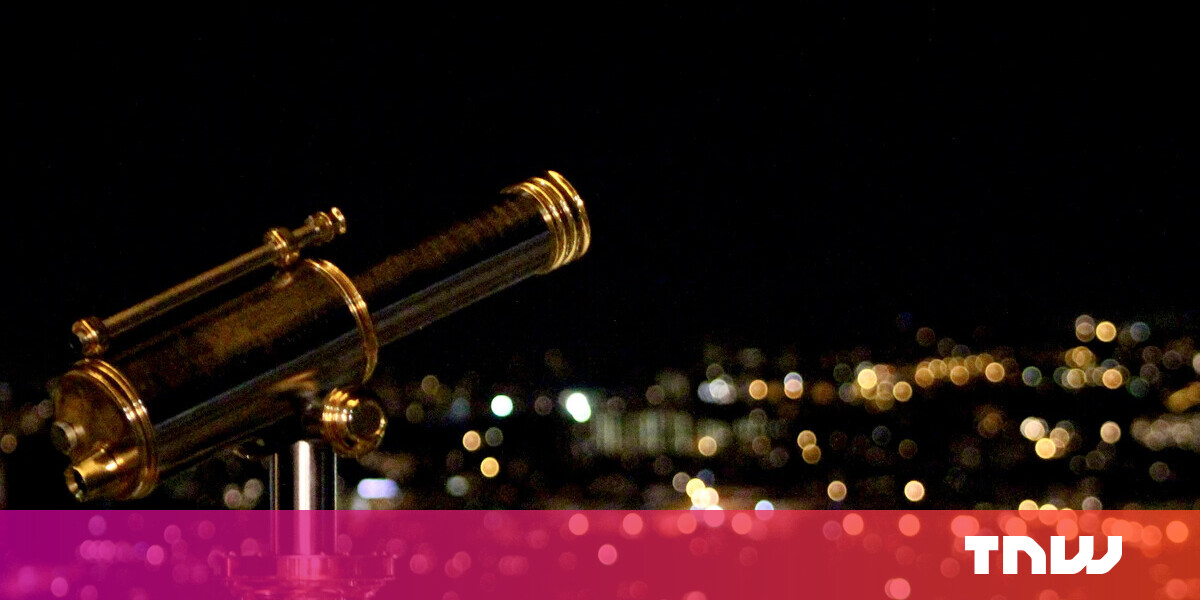#15 amazing things to do in Bulgaria

Table of Contents
“#15 amazing things to do in Bulgaria”
In this article, you will find our favorite things to do in Bulgaria, why they are so great and all the info you need to visit them. From the most obvious ones, like Sofia’s old town and Sunny Beach to lesser-visited like the stone forest.
1. Explore Sofia
Sofia is the biggest city and the capital of Bulgaria. It’s one of the biggest gateways to Bulgaria and attracts lots of tourists. The city, like most of Bulgaria, is only now recovering from the transition to democracy & capitalism, thus you will find many old buildings, roads, and sidewalks in quite a bad shape.
Overall, I don’t think Sofia is one of the prettiest European capitals, yet I still think you should visit and explore Sofia. Why? Sofia has its share of beautiful and relevant buildings. Plus, it’s essential to understand the Bulgarian people and culture.

What are Sofia’s main tourist attractions?
The best way to explore Sofia is on foot. Most attractions are relatively close to each other and you walk between them. These are our favorite things to do in Sofia:
- Alexander Nevsky Cathedral
- Vitosha Boulevard
- Banya Bashi Mosque
- Church of St. George
- Central Sofia Market Hall
- Sveta Petka
- Sofia Synagogue
- St. Kyriaki Cathedral Church
Book a sightseeing tour in Sofia here
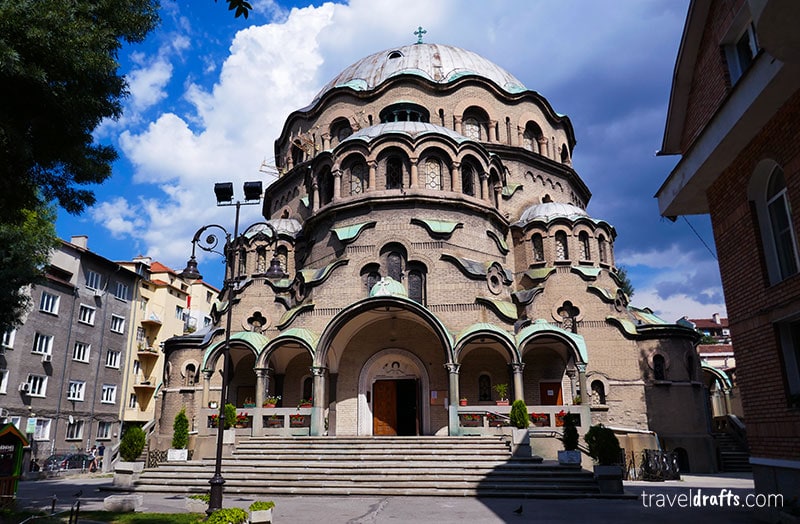
How much time do you need to visit Sofia?
Two days is enough to explore the center and see the main attractions, however, if you enjoy Sofia (and probably will) you’ll probably want to stay much longer.
Sofia is also very cheap, so it could be a great place to slow down for a while. Either way, have a look at where to stay in Sofia?
2. Go to Boyana Church
The Boyana Church is situated in the outskirts Sofia, only a half an hour from the center and it’s easily accessed by car and public transports.
The Boyana Church is a medieval Bulgarian Orthodox Church constructed in the 10th / 11th century and expanded in the 13th century.
In 1979 it was included in the UNESCO Heritage sites list for being one of the few medieval monuments of Christian art that have survived until the present day. The walls of the church are fully painted with 89 scenes with 240 human images. As UNESCO puts it the frescos in the walls are “one of the most important collections of medieval paintings”.
If you are planning to visit Boyana church go very early (before it opens) and be one of the first persons to buy tickets and enter. Entrance is very limited, only 8 people for 10 minutes each time. If you go in peak time you may have to wait a lot! Or not being able to enter at all.
You can book a tour to Boyana Church here
The good thing about this? If you follow our advice, you won’t have to wait in lines and you get to enjoy the church much better with so few people around. A much more private experience.

3. Climb to the Seven Rila Lakes
The Seven Rila lakes are located in the Rila National park for about 2 hours from Sofia. These are mountain lakes, sat at altitudes between 2100 m—2500 m, each one a bit higher than the previous one.
How to climb to the lakes? There are several ways: 1) use the lift chairs (cost 18Lev and takes about 20-30 minutes) 2) hiking (should take almost 3hours) 3) rent a 4×4. We suggest you use the chairs, it’s cheap, quick and easy on the eyes.
Book an organized day trip to the 7 Rila Lakes here
When you get to the top of the chairlift you still need to hike to the lakes. The full hike is about 4 / 5 hours and it’s fairly difficult, but still doable by anyone in shape. This region is excellent for every kind of hikers, from beginners to seasoned ones.

4. Discover Rila Monastery
The Rila Monastery is also located in the Rila National Park but it’s a little further away from Sofia. Actually it isn’t very far from the Lakes, but there isn’t a road connecting them. It takes about 2 hours to go from the lakes to the Monastery.
The monastery was inscribed in the UNESCO world heritage list in 1983 and it’s considered the “most important spiritual and literary center of the Bulgarian national revival, with an uninterrupted history from the Middle Ages until present times“.
Book an organized tour to Rila Monastery
This was probably the most impressive monument that we visited in Bulgaria. The mountains together with the monastery create a very charming setting. However, you should note that

5. Discover the oldest city in Europe – Plovdiv
Plovdiv is old… really old! So old, that’s considered the oldest continuously inhabited city in Europe, dating back to 6000BC when it was a
Today, Plovdiv is the second biggest city in Bulgaria and the European Capital of Culture in 2020. The city center has been all cleaned up and looking very good. In fact, it is probably the best looking town in Bulgaria.
The old town of Plovdiv is quite compact, mostly car-free and very walking friendly. The biggest attractions in Plovdiv are the old Roman buildings, particularly the Roman theatre and Roman Amphitheatre.

You will also notice that it’s full of colorful and creaky mansions transformed into art galleries, museums, and guesthouses. It’s really enjoyable to walk around. Finally, we need to mention the very pleasant central park and its wonderful fountain show.
Book a day trip to Plovdiv here
6. Smell the Rose Valley
For centuries the fragrant Bulgarian rose has been grown in the Rose Valley, located just south of the Balkan Mountains and the eastern part of the lower Sredna Gora chain to the south. Today about 85% of the rose oil production of the world comes from this valley.
Book a Rose Valley and Thracian Tombs guided tour here
The Rose Valley is a seasonal tourist attraction. You can only actually see and smell the roses between May and June, during the picking season. During the rest of the years, there isn’t much to see, except for the Rose Museum. But, if you traveling during these months you should definitely take an afternoon to enjoy the long fields of lovely roses.

7. Visit (at least) one Thracians tomb
The land where today is Bulgaria was once inhabited by the famous Thracians. The Thracians is a people that were famous for their fighting and war abilities. The most famous Thracian is probably the Gladiator Spartacus, who led a large slave uprising in Southern Italy in 73–71 BC and defeated several Roman legions.
There are Thracian tombs spread over Bulgaria but the most famous (and UNESCO Heritage sites) are the Thracian Tomb of Kazanlak and the Thracian Tomb of Sveshtari. If you are visiting the Rose valley then the Kazalank Tomb makes a very nice combo with it.
The Kazalank tomb is part of a large royal Thracian necropolis in the Valley of the Thracian Rulers. As UNESCO puts it, it’s “a unique aesthetic and artistic work, a masterpiece of the Thracian creative spirit. This monument is the only one of its kind anywhere in the world“.
Book a Rose Valley and Thracian Tombs guided tour here
However, and before you go you should note that to preserve the sensitive paintings, the tomb is not open to the public; a full-size replica was built nearby and that’s what you can visit. There are other tombs in this area that you can visit the original, but they aren’t as notorious.

8. Party in Sunny Beach
Sunny beach is the biggest beach resort in Bulgaria and one of the most famous in Eastern Europe and the Black Sea. It’s located right next to Nessebar a few Km north of Burgas.
Sunny Beach is infamous for its crazy nightlife and the lively vibe both during day and night. There are always events happening and activities for everyone. Though, the young crowd goes there mostly for the parties and the beach.
The beach is probably overdeveloped, but it’s so big that you can always find a spot! It’s a great place for people watching and to enjoy the sun, the warm water, and soft sand. Even if it’s not your things (it isn’t ours also). I would strongly suggest you check it out at least for a day or two.

9. Wander in Nessebar
Nessebar is an ancient city built in a wonderful, small peninsula, with cobbled streets lined with old ruins like baths, churches, and fortifications. This whole setting creates a very charming, yet touristy town.
Walking around this UNESCO World Heritage site is something that must be done. The town is also full of restaurants and bars where one can stop, rest, have a drink and enjoy some good Bulgarian food. Among the attractions in the old town, the 5th-century Church of St. Sofia and the 11th-century Church of St. Stephen are probably the more notable.
Nessebar is also very well surrounded by extremely nice beaches. You can make Nessebar your base and enjoy the surrounding beaches and towns like Sunny Beach, Burgas and even Sozopol.

10. Explore Sozopol
Sozopol is the slightly less famous sibling of Nessebar. Similarly to Nessebar, Sozopol is an ancient port town, built in a peninsula which became a tourist attraction because of its charming streets and ocean views. It’s located a few km south of Burgas and you can easily visit it as a day trip from Burgas or Nessebar.
You can explore Sozopol on a day trip from Sunny Beach
Despite being a big tourist destination on its own, Sozopol is far less crowded than Nessebar, which makes it more attractive for those who don’t like huge crowds. However, this comes with a price, Sozopol isn’t as pretty as Nessebar neither has as many ancient buildings to explore.
The beaches around and in Sozopol are nice, with some of the warmest waters in Bulgaria and soft Sand. Most of the beaches are developed, but there isn0t a huge resort right next door, like Sunny Beach. This may be good or bad… depending on your tastes. We don’t really mind, not having beach resorts 🙂

11. Go back in time in Veliko Tarnovo
Located in central north Bulgaria, about 120km from Sofia, Veliko Tarnovo was the capital of the second Bulgarian Empire. It’s a rather small town but with a very long history a few spectacular sights. In our opinion, Veliko Tarnovo is a must-visit destination in Bulgaria.
The Tsaravets Fortress is clearly the most famous attraction in Veliko Tarnovo and with a reason. In our opinion, Tsaravets Fortress is one of the most impressive medieval monuments in Europe. The fortress is surrounded by a huge wall and the dominance of the hill make it a majestic sight that strikes anyone arriving it.
Paved with cobblestones, the old town of Veliko Tarnovo also very pleasant to wander around, full of interesting local shops, museums, and Orthodox churches. The hills of Veliko Tarnovo and the Yantra river used to be a natural barrier and almost impossible to conquer, yet today they make Veliko Tarnovo one of the most charming sites in Bulgaria.

12. Discover the Stone Forest
The stone forest (also known as Pobiti Kamani and Stone desert) is desert-like rock phenomenon located about 20 km from Varna. This small area of 13 km2 is considered a desert, one of the very few deserts in Europe.
It consists of sand dunes and groups of natural rock formations, mainly stone columns between 5 and 7 meters high and from 0.3 to 3 meters thick. But that’s not the weirdest part! The columns are mostly hollow and date back to about 50 million years.
You may be wondering how these impressive columns were created…? Well, apparently no one knows. There are several theories but none is fully accepted. These theories include the columns being a petrified forest, coral complexes, algal bio constructed build-ups (bioherms), formed by methane, and our favorite the remains of a palace of mythical Cyclops.
You can read more about these in the park. It’s really interesting and quirky. This is one of the unique places on earth that travelers love to explore and discover. Note that there’s an entry fee of 3 Leva (1.5 Euros).

13. Krushuna Waterfalls
Krushuna waterfalls are located between Veliko Tarnovo and Sofia, which means they make an excellent side trip to break the rather long and boring voyage. A ticket to the falls costs 3 leva (1.5 Euros).
Note that when you start the route there are two routes you can take. They will bring you to different parts of the waterfalls. One takes you to the upper side (much more difficult) of the falls and some caves, the other one is easier and follows the river and small lakes. Take time to do both! It’s worth it.
To get to the falls one has to follow a trail in the heart of the forest following the river upstream through some smaller waterfalls leading to the main one. This hike is pretty short, not difficult at all and has many places to stop and look around to enjoy the landscape and even have a nice pick-nick.
Krushuna falls reminds me of the Plitvice lakes in Croatia, with several cascades, a big waterfall, and wonderful lakes. The most impressive thing about these falls is the endless shades of blue and green the water has.

14. Look into God’s eyes in Prohodna Cave
Prohodna cave is a Karst cave located in north-central Bulgaria, about 120 km from Sofia. It’s one of the most famous and easy to access in Bulgaria. It’s also free to access which is always nice.
This cave is widely known for its two eye-like holes in the ceiling, hence the nickname “God’s Eyes”. The two natural holes bring light to the cave, which makes exploring it easier, safer and fun for anyone.
This cave is a natural rock bridge with two entries. It’s about 260 meters long and up to 45 meters high. Thus, it’s not a very long cave but its height and holes (eyes) are what makes it impressive and definitely worth a stop.
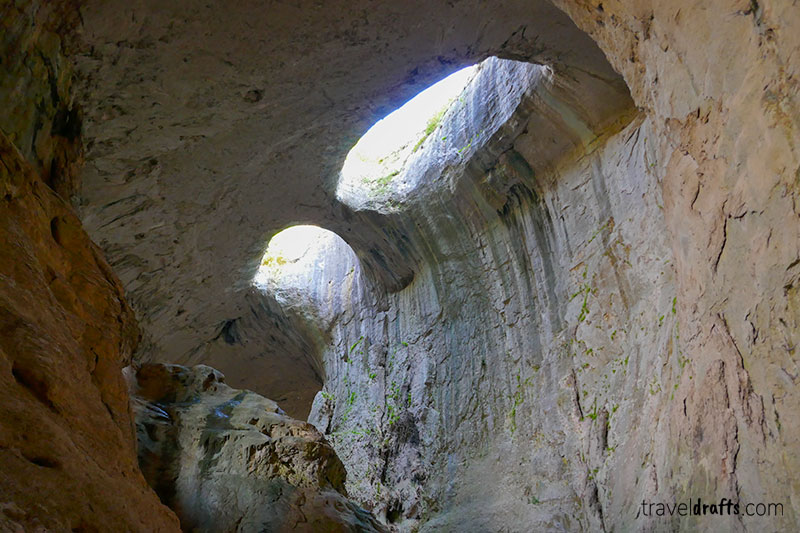
15. Eat Bulgarian food
One of the things that most surprised us in Bulgaria was its delicious food. Who would think that Bulgaria is a foodie paradise? Plus, it is super cheap. One of the reasons Bulgarian food is so good is due to the ingredients, they are all so fresh and with exceptional quality.
Bulgaria has so many fantastic dishes, particularly the salads. The most famous dishes are Shopska salad, Tarator (yogurt and cucumber soup), Kavarma (slow-cook stew), Banitsa (Bulgarian pastry) and Lyutenitsa (tomato and pepper dip). Besides these dishes they have mouth-watering grilled meat and fish, and delectable stews.
We encourage you to try as many dishes as you can but still eat plenty of Shopska Salads, you will miss them.

One of the best things to do in Bulgaria and one of the things you’ll miss at home is to eat authentic Bulgarian food! We know we do miss it…
Are planning a trip to Bulgaria? You may want to read our Bulgaria Travel Guide.
Pin it for later
If you liked the article, do not forget to share it with your friends. Follow us on Google News too, click on the star and choose us from your favorites.
For forums sites go to Forum.BuradaBiliyorum.Com
If you want to read more Like this articles, you can visit our Trip & Travel category.
